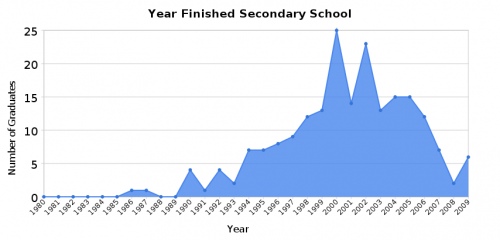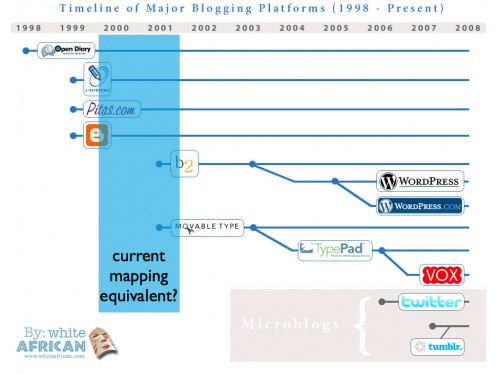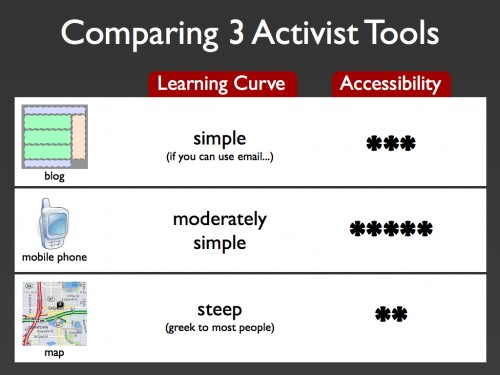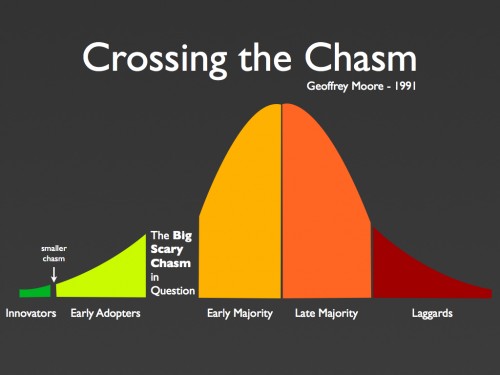[Update: I’ve decided to keep the survey running for a little longer to get the late comers. If enough fill it out, I’ll republish the results.]
Out of curiosity I put out a survey to the Kenyan tech community 2 days ago. I’ve always wondered which schools in Kenya put out the most people who move into positions within tech companies, or start their own. I now have 200 entries, which is a decent enough size sample, though I know if we did a true canvasing of the entire community that the results would be slightly different.
[2010 Kenya Techies School Survey]
Here are the results
Starehe Boys’ (20) leads by a large margin, followed by the other big private schools; Strathmore (9), Lenana (8), Nairobi School (8), Alliance (7) and St. Mary’s (6). It’s clear that some schools choose quality over quantity, such as my alma mater Rift Valley Academy (2)… 🙂
There are a plenty of examples, such as Gitwe (1), which had only one graduate that come from all over the country. Clearly, many techies here in Kenya had to fight their way up from a challenging environment.
Year Graduated
I started this off in 1980 and went to 2009. There’s an interesting curve happening within the community on when people cleared school. The highest is the year 2000 (25). I wonder if there was something that happened in the school systems at this time to make the number go up, or if there is some other reason for that bump in 2000-2002.
Companies you work for
I was amazed at the number and spread of technologists across the tech companies in Kenya. Here is just a small sampling of 127 different companies that were listed of who people work for:
Access Kenya
AFRICOM
Cellulant
Craft Silicon
Dotsavvy
Google
IBM
Kencall
Mobile Planet
Mocality
Nokia
Safaricom
The Standard
UN (different groups)
Virtual City
Wananchi Group




